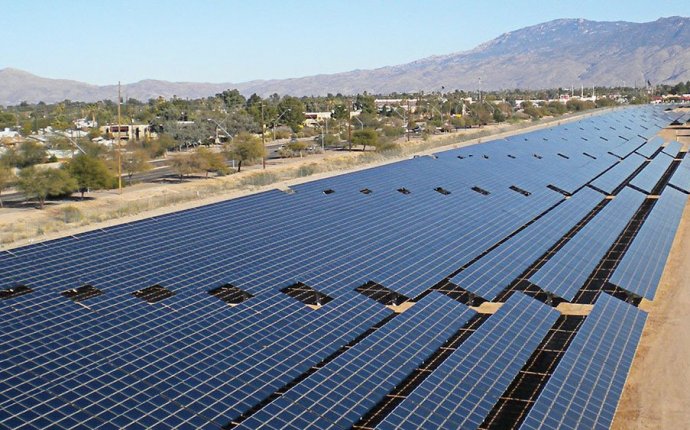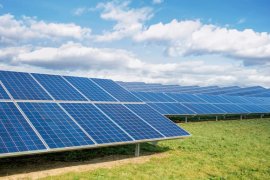
largest solar energy companies
 Very few solar companies have been able to differentiate themselves on technology because the industry's rapid advancement over the last decade has been driven by the commodification of solar panels. So, sheer size has become a competitive advantage of sorts for solar companies. Build enough size, and you can muscle out competitors and be one of the last ones standing.
Very few solar companies have been able to differentiate themselves on technology because the industry's rapid advancement over the last decade has been driven by the commodification of solar panels. So, sheer size has become a competitive advantage of sorts for solar companies. Build enough size, and you can muscle out competitors and be one of the last ones standing.
As manufacturing technology quickly becomes obsolete and over-leveraged manufacturers go out of business, it's possible that scale will be the industry's best differentiator. And in that case, there are five companies investors should watch closely.
Image source: Getty Images.
Why size matters
Depending on which estimate you believe, there was between 70 GW and 76 GW of solar installed in 2016 around the world, and five companies accounted for a large share of those installations.
Canadian Solar Inc., Hanwha Q Cells Co Ltd, JA Solar Holdings Co., Ltd., JinkoSolar Holding Co., Ltd., and Trina Solar Limited are the five biggest manufacturers, and depending on where they end the year, they could produce 41% of the world's solar panels.
Image source: Company earnings releases. Trina Solar's guidance based on most recent guidance from Q2 2016.
What's interesting here is that the five largest manufacturers are nearing 50% of the global market. As that happens, it will be harder for competitors to build the scale needed to compete, leading to less competition within the industry. That may sound bad, but it's actually a natural part of the business cycle and will lead to a healthier industry - financially - long term.
 Will scale lead to big investment opportunities?
Will scale lead to big investment opportunities?
What's a little unusual about the solar industry is that its consolidation hasn't necessarily led to greater long-term profits. You can see below that these five companies have generated a combined 7.1 million. Put another way, the average profit is, at best, 2.6 cents per watt produced.
That profit per watt figure is important because as 2016 went on, the spot price of solar panels fell by about one-third, or 10 to 15 cents per watt. This didn't hit revenue and net income immediately because solar panels are often sold on long-term contracts, but eventually, it will drag on earnings. By the middle of next year, the five biggest solar manufacturers with over 40% of the market could actually be losing money.
The disconnect is that the scale these companies has built has also led to a very oversupplied solar industry. Demand just didn't grow as quickly as they built out supply. So, profits will suffer as a result.
Eventually, scale will be a key differentiator for solar manufacturers. But right now, it's not clear if any or all of these companies will emerge from 2017 with a healthy balance sheet or sustainable profits. And that'll keep me from buying solar stocks based on scale alone. A year from now, investors will know more about who out of this group is built to last, which is a reason to keep an eye on these solar stocks.









